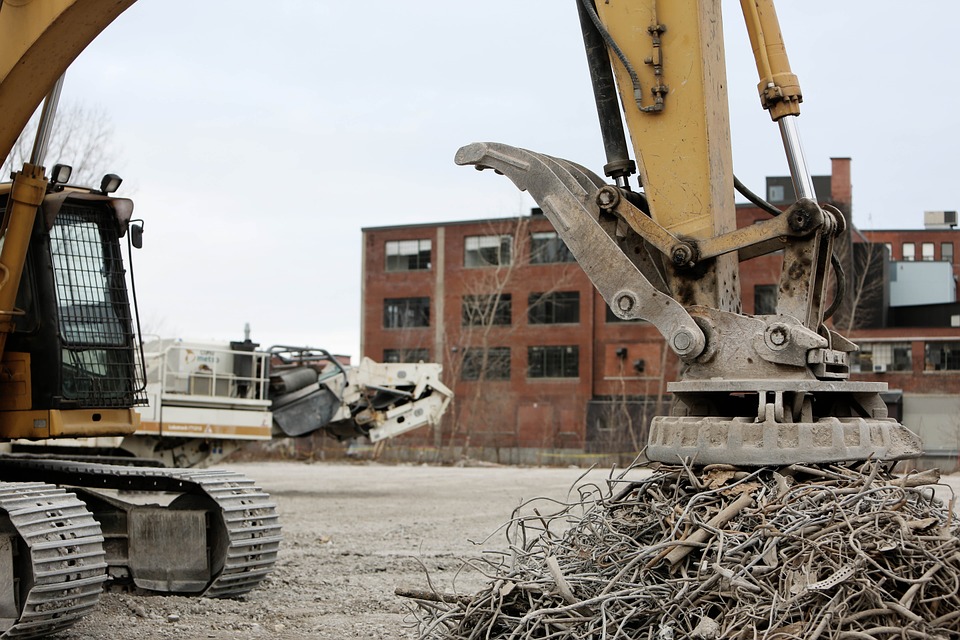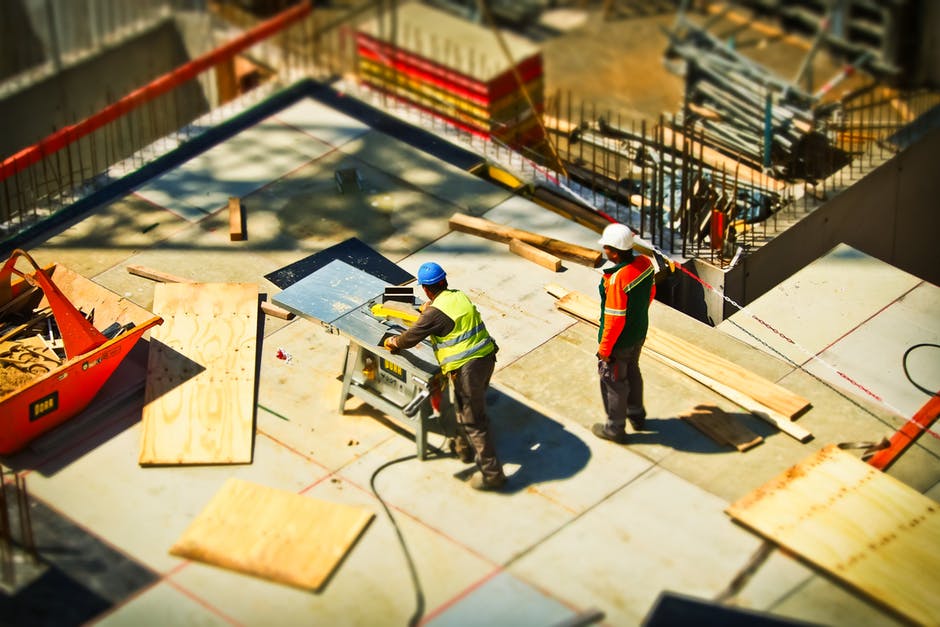Since the start of 2015, the construction sector has been experiencing a dramatic resurgence in terms of growth. This rapid development will have some detrimental impact on the environment too. The UK Green Building Council says, the construction sector consumes more than 400 million tons of material each year, and many of these have an adverse impact on the environment (Source)
Research from Bimhow (Source) says the construction industry alone contributes:
- 23 percent of air pollution
- 50 percent of the climatic change
- 40 percent of drinking water pollution
- 50 percent of landfill waste
Another research by USGBC (US Green Building Council) says,
“The construction industry is responsible for 40 percent of worldwide energy usage. Also by 2030, it is estimated that emissions from the commercial buildings would grow by 1.8 per cent”.
Recycling construction materials generated at construction sites are becoming increasingly important for the developers and the environment. In fact, the environmental benefits of recycling can be noteworthy. This blog post aims to bring out the benefits recycling construction materials can bring for the environment.
Construction Materials That Can Be Recycled
There are many construction materials which can be recycled and reused; let’s take a look at some of the most common ones:
- Wood and Lumber – By re-milling old timber and lumber new floors, paneling, doors, and windows can be made.
- Dry Wall – Drywall scraps can be used for wall patches, they can also be mixed up with soil as a nutrient-rich food source for plants.
- Metals – Common metals like copper, aluminum, and steel can be melted down and reformed into new metal products.
- Concrete and Masonry – These are very easy to recycle, they can be crushed and reused in pavement for roads and driveways.
- Clay Brick – Bricks can be recycled and reused in the construction of walls, paving, building and infrastructure like bridges and sewers as these have a lifespan of more than 200 years.
- Glass – Glass can be recycled for several uses.
Roofing shingles, landscaping waste, and asphalt are other construction materials which should be recycled and reused as much as possible.
Environmental Benefits of Recycling Construction Materials
-
Climate Change & Reduced Energy Usage
Recycling ensures that waste material is out of the landfill which further reduces greenhouse gases; this can aid in reversing the adverse effects climate change. Averting materials from the landfill puts minimal pressure on the requirement to extract and process raw materials for building or other uses, in that way it helps to save energy and reduce carbon emissions.
Processing raw materials into new products requires more use of energy, on the other hand, recycling and reusing construction waste material requires less energy.
-
Preserve Embodied Energy
By way of reusing construction materials embodied energy can be preserved. Embodied energy is basically the energy which is associated with the building materials throughout its life, it includes energy consumed to extract the raw materials; process and transport the materials and finally dispose of the materials.
Segregating construction and demolition waste materials for recycling is a very simple action, and the environmental benefits of recycling construction materials can go a really long way.
Checks to prevent Environment Pollution in Construction sites
Protection of the environment should be number one priority for any construction project. Here are some ways in which construction can protect the environment.
-
Erosion And Sediment Controls
Soil erosion, water pollution, stream channel damage, flooding, reduced ground water storage, and damage to adjacent or downstream properties can be effectively reduced by implementing erosion and sediment control measures on the construction sites. These measures help to actively prevent soil movement or loss, enhance project aesthetics and eradicate appreciable damage to the natural resources.
-
Soil Stabilization
In comparison to traditional construction methods, soil stabilization offers significant environmental benefits and energy savings by reducing material transportation needs, reducing the use of aggregate resources and utilizing some binders which are by-products of the energy industry.
-
Pollution Preventive Actions
Many harmful chemicals are used during the construction process which if not handled correctly can have an adverse effect on the surrounding environment. Install, implement and maintain effective pollution prevention measures to ensure the pollutants are discharged in the most correct and safe manner with limited impact on the environment.
-
Prohibited Discharges
Controlling of waste water from the washout of concrete, release of oils, residue of painting, curing compounds and other construction materials, discharge of fuels, oils and other pollutants used in vehicle\equipment operation and maintenance are some of the prohibited discharges, controlling of which will go a long run in protecting the environment in protecting the environment.
Following the above measures do limit the negative impact on the environment.
Green Building & Increased Use Of Clay Materials
In recent years, more and more construction firms are actively opting in to incorporate green building into their design and building process. The process of the green building incorporates the use of more environmentally friendly materials which can help in achieving remarkable results in reducing CO2 emissions.
To state a fact, in the US alone, buildings account for almost 40 percent of national CO2 emissions and out-consume both the industrial and transportation sectors, but LEED-certified buildings have 34 percent lower CO2 emissions, consume 25 percent less energy and 11 percent less water and have diverted more than 80 million tons of waste from landfills. (Source)
Clay & Its Contribution To Green Building
Clay is one of best when it comes to environment-friendly building materials. In fact, it is the first and foremost choice for green buildings. Some of the benefits of using clay materials in your construction projects are:
- Better Air Quality
- Superior Acoustics
- Zero Wastage of Raw Materials
- Durability
Wrapping Up
The process of deconstruction (i.e. tearing down a site while salvaging and recycling construction materials) might be expensive and time-consuming in the beginning, but its advantages can be far better for the environment. Of course, not everything can be recycled and reused, but the idea is – “if you can–you definitely should”
Authored by a building expert from Wienerberger India
For any kind of assistance or tips on green building materials – drop us a word at gosmartbricks@gmail.com









